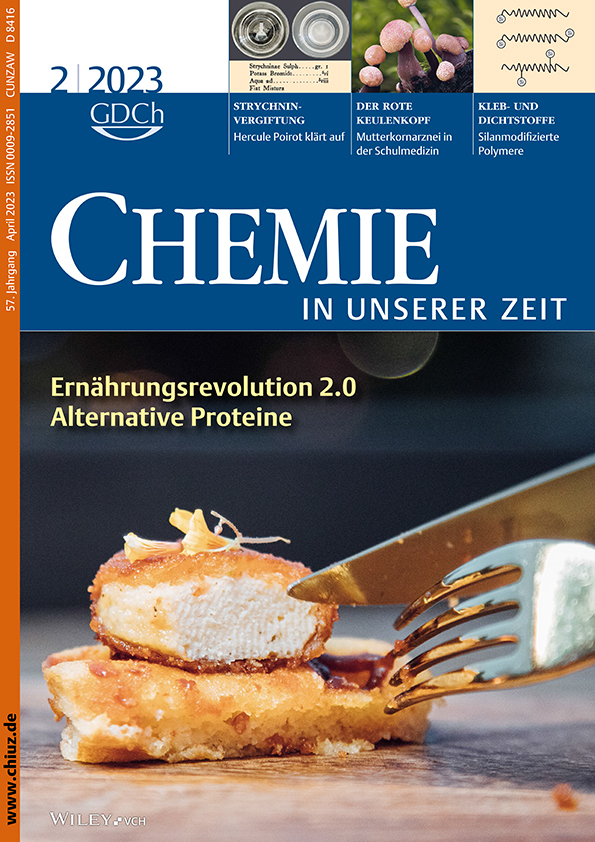Ernährungsrevolution 2.0
Ernährung und Essen – Teil 1: Alternative Proteine für eine nachhaltige Zukunft
Zusammenfassung
deBevölkerung und Bedarf an Nahrungsmitteln wachsen rasant. Einhergehend steigt der Wohlstand der Menschen – vor allem in Asien. Innovation und Technologie haben dies möglich gemacht. Unser Planet erinnert uns allerdings auch immer häufiger daran, dass Einklang von Mensch und Natur essenziell für das Fortbestehen sind, und es Grenzen des Wachstums gibt. Beteiligte aus Politik, Wissenschaft, Industrie und weiteren Bereichen setzen diese Erkenntnis um und erarbeiten Lösungen für eine nachhaltige Zukunft. Die Menschheit ist und bleibt dabei dem Fleisch als traditioneller wertvoller Nahrungsquelle verbunden. Hinzu treten jedoch schmackhafte und nahrhafte Alternative Proteine und Produkte. Jede fünfte Portion Protein kann bis 2035 alternativ sein (aktuell ist es jede 50., Abbildung 8). Es gibt sehr viel Potential, wenn wir uns auf unsere Großeltern besinnen, die im Grunde ihres Herzens Flexitarier waren: „unter der Woche vegetarisch, sonntags ein Stück Braten – vielleicht die beste Lösung?“
Summary
enBoth, the population and the need for food are growing rapidly. At the same time, people's prosperity is increasing – especially in Asia. Innovation and technology have made this possible. However, our planet is also reminding us more and more often that harmony between mankind and nature is essential for survival, and that there are limits to growth. Politicians, scientists and industry and many more build on this knowledge and develop solutions for a sustainable future. Mankind is and will remain connected to meat as a traditional, valuable food source. In addition, however, there are tasty and nutritious alternative proteins and products. Every fifth portion of protein can be alternative by 2035 (currently it is every 50th, Fig. 8). There is a lot of potential for us to reminisce about our grandparents, who were “flexitarians” at heart: “vegetarian during the week, a piece of roast on Sunday – maybe the best solution?”




